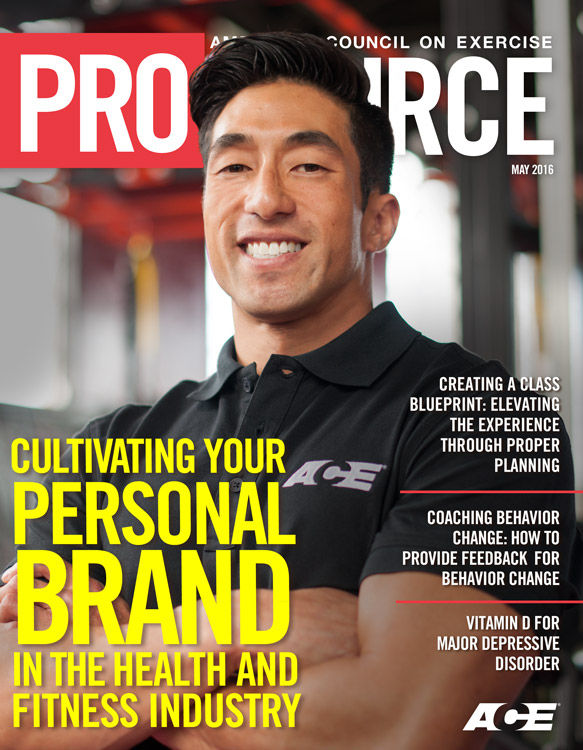
A distinct difference between a person working toward making a behavior change on his or her own versus doing so with the help and support of a professional is the opportunity to receive feedback. The best feedback helps to motivate continued change and increase the effectiveness and impact of the change journey. To maximize your impact in working with clients in the midst of making a behavioral change, consider implementing the following tips to provide effective, client-centered feedback:
- Consider your client’s stage of change. Studies confirm that an emphasis on positive feedback for people who consider themselves to be novices (or who are early in the change process) is most impactful to support continued change. This is because positive feedback helps someone who is learning a new task or beginning a new behavior build commitment to making the change. On the other hand, an individual who has already committed to a change (for example, someone who is in the action or maintenance stage of change) benefits more from constructive feedback, which serves to support continued progress toward a goal. For example, consider a client who would like to gain muscle strength. When the client is just getting started, the personal trainer may opt to provide mostly positive feedback on what the client is doing well, with some constructive remarks if there is a safety concern. This helps keep motivation high. However, as the client becomes more skilled in weight training, the trainer may increase the number of constructive feedback remarks with the intent of helping the client continue progress toward the ultimate goal of increased strength.
- Agree on the goal behavior, develop a plan and make sure that expectations are clear. People receive and act upon feedback best when the goal behavior is clear and the feedback serves to remark on the current performance compared with the goal behavior. In the case of the weight-training example above, a personal trainer may help the client develop a workout and demonstrate the correct form and explain the goal of each exercise before the client begins the workout. The client will then expect to hear feedback on form when performing each exercise to optimize muscle gains and minimize the risk of injury.
- Make feedback immediate, specific and action-oriented. People benefit most from feedback when it is provided as close to the time of the activity as possible, provides very specific information about the strength or opportunity for improvement and ends with a specific tip or piece of advice that will help to further improve the behavior, when appropriate. For instance, you can remark on a client’s form at the time the client is executing the exercise or immediately after. If you make a suggestion for improvement, the client can practice the change and receive feedback on it immediately. This helps to solidify the positive change.
- Ask clients to assess their own progress and provide a summary of their performance, including what is going very well and opportunities for improvement. Asking clients to reflect on their own performances helps to increase self-awareness and builds independence so that the client will be more effective when completing the behavior later when you are not there. Additionally, this shows the client respect and recognizes that the client is the best expert on him or herself. This also provides an opportunity to develop a plan for continued improvement and progress together.
- Open up a two-way dialogue. Just as you are providing feedback to help a client successfully make a behavioral change, the client can provide you with feedback to help you continually improve your programs. Provide a comfortable environment in which the client has the opportunity to offer feedback.
Ultimately, providing feedback in a way that is effective and client-centered goes a long way in helping to support clients in continually improving their health, fitness and overall well-being.
References
Gigante, J., Dell, M. and Sharkey, A. (2011). Getting beyond “good job”: How to give effective feedback. Pediatrics, 127, 205-207.
Finkelstein, S.R. and Fishbach, A. (2012). Tell me what I did wrong: Experts seek and respond to negative feedback. Journal of Consumer Research, 39, 22-38.
Earn an ACE Behavior Change Specialty Certification
No matter how you work with clients and patients, effective coaching can further heighten the impact of your program. As an ACE Behavior Change Specialist, you will possess the knowledge of behavior-change philosophy and emotional intelligence and, most importantly, the practical, hands-on skills to put it to use. Our comprehensive learning experience incorporates expertise from renowned experts and pioneers in psychology and coaching to help you learn how to develop rich, productive relationships and guide people toward sustainable change in one-on-one, group and virtual settings.
Learn more >>





 by
by 


